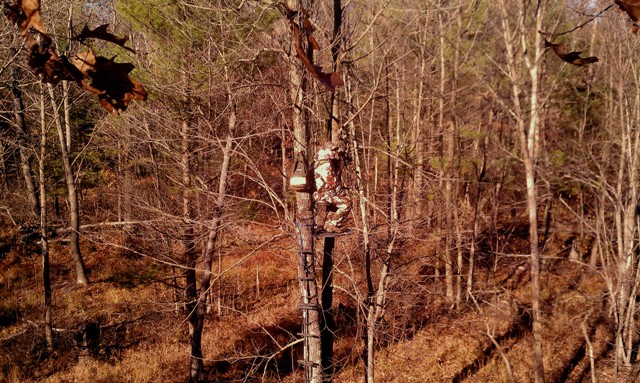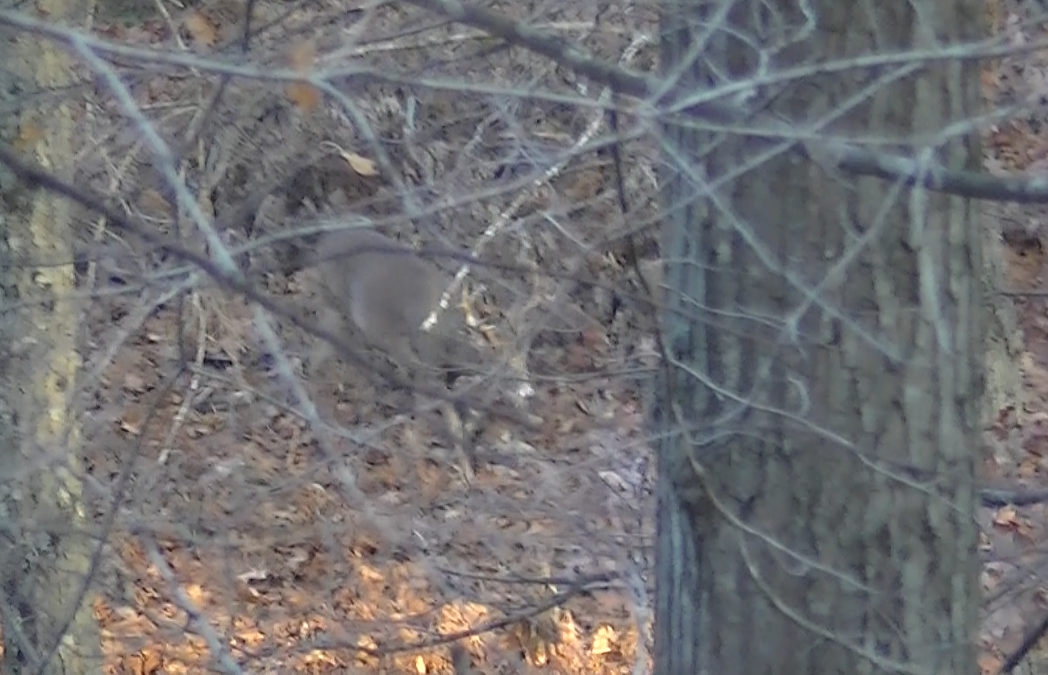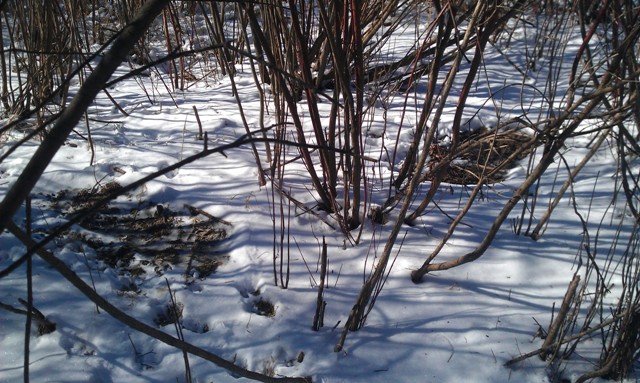Mind The Wind
Category: article
Feb 4th, 2013 by OutdoorsFIRST
Modified Feb 4th, 2013 at 12:00 AM
What is the absolute number one rule-of-thumb religiously followed by every consistently successful whitetail hunter?
First Rule-of-Thumb: Mind the wind.
Plain and simple, playing the wind effectively is the biggest advantage we as whitetail hunters can lend ourselves. For me, it isn’t even a question – if the wind is wrong, I’m either hunting a different stand or biting the bullet and staying home. There are no excuses.
 |
|
|
C
|
On the drive to the property I intend to hunt I’m already conscious of the direction of the wind. By the time I park my truck, I’ve already cancelled out a number of sets and narrowed my decision down to one or two possible locations feasible to hunt for the wind I’m up against. Things I’m considering are whether or not I can get from my truck to my stand without a crosswind intercepting my scent and blowing it right smack dab into the known bedding area before I even climb a tree. Such a simple concept to process, yet sometimes it’s the simplest things that are most commonly overlooked. I used to climb into sets the wind was perfect for that day and fully expect to see deer come from a known bedding or feeding area, only to spend the entire sit holding my breath for little more than a couple hours of bird watching. What I didn’t consider is those deer caught my scent before I even reached my stand and were already on edge and either snuck out the opposite direction or stayed settled until the cover of darkness before getting up to move.
 |
|
|
|
Scouting as often as I can without disturbing a property gives me the edge I need to have a sound understanding of where the deer eat, sleep and how they travel the distance in between under unpressured conditions. This information is absolutely wasted energy if I don’t consider how the wind could affect my strategy to the point I would then have to begin hunting defensively. There’s nothing worse than making your presence known early on in the season, only to spend the remainder trying to get an edge on the new pattern the deer have ultimately created to avoid you.
Second Rule-of-Thumb: Don’t marry a specific treestand. Move around.
Overhunting a tree is probably the second most common mistake a whitetail hunter can make – keep those deer guessing. If you’re truly hunting a set you hung to catch a target buck on his feet, you’re likely close to if not dead on with your proximity of where he frequents. If you sit that set on the wrong day and he doesn’t show, you can probably rest assured he showed up after you were gone and I believe deer can smell where you’ve been for days unless you’re gifted with rain right after your hunt. I’ve learned over the years that an old buck will only tolerate so much. If you sit that stand too soon after your last visit and don’t kill him that time around, you might as well consider that stand dead for a while unless the rut is upon you.
Admittedly I’ve never been a completely mobile deer hunter. I am motivated to move a stand mid-season if I’m observing a pattern from a distance and want to sneak in there to capitalize on it, but I do routinely pre-hang sets based on my scouting over the duration of the off-season and from what I’ve learned and observed over prior seasons hunting a particular property. In either instance, whether I’m pre-hanging a set or doing it on the fly based on an observed pattern, I consider the most common wind and try to set up where I can not only access the stand without being wind-detected, but also where I can sit and have the least chance of being wind-detected. I also abide by my second Rule-of-Thumb – I absolutely will not marry a stand.
 |
|
|
|
The wind can teach you a lot once you start connecting the dots. Where a buck beds based on the wind direction and which direction he’ll likely face can also help make decisions for you regarding entrance and exit routes to your stand and overall stand placement with regards to both stand height and visual exposure. A wise old buck will commonly walk with the wind at his back so he can detect if he’s being followed. Use these theories to your advantage as they can give you an edge on predicting which way he might come from to enter his bed, and similarly the direction he will likely exit his bed if he’s not pushed.